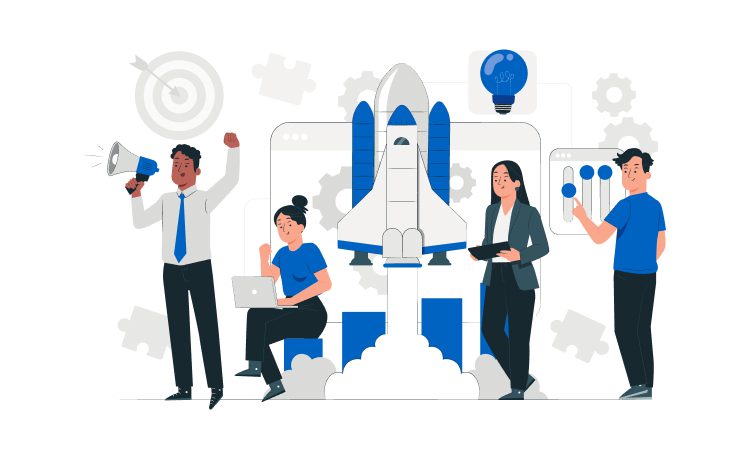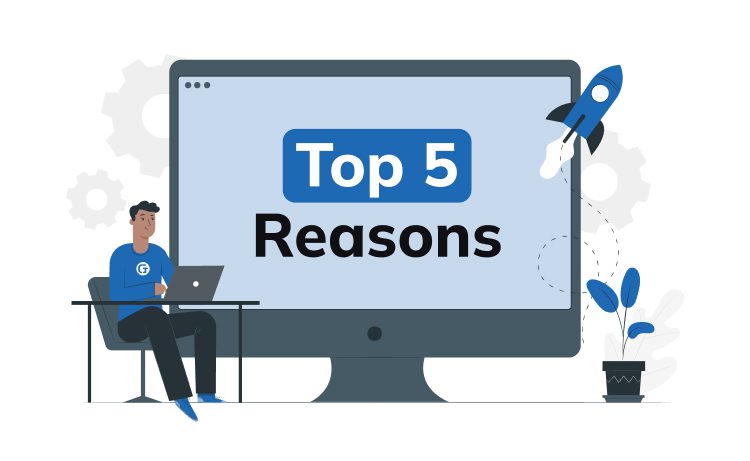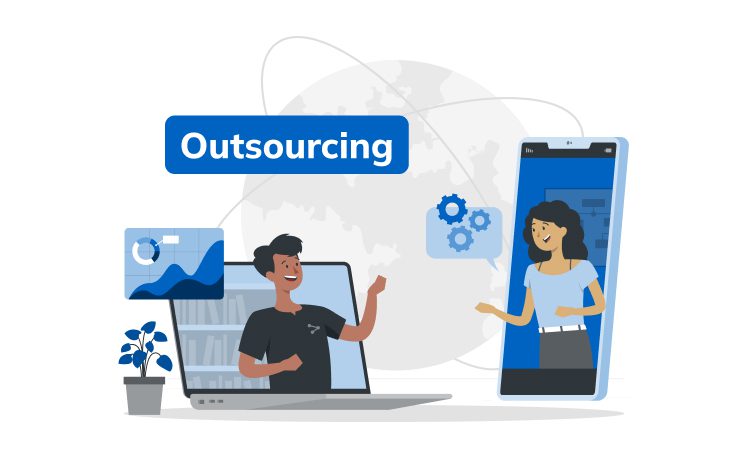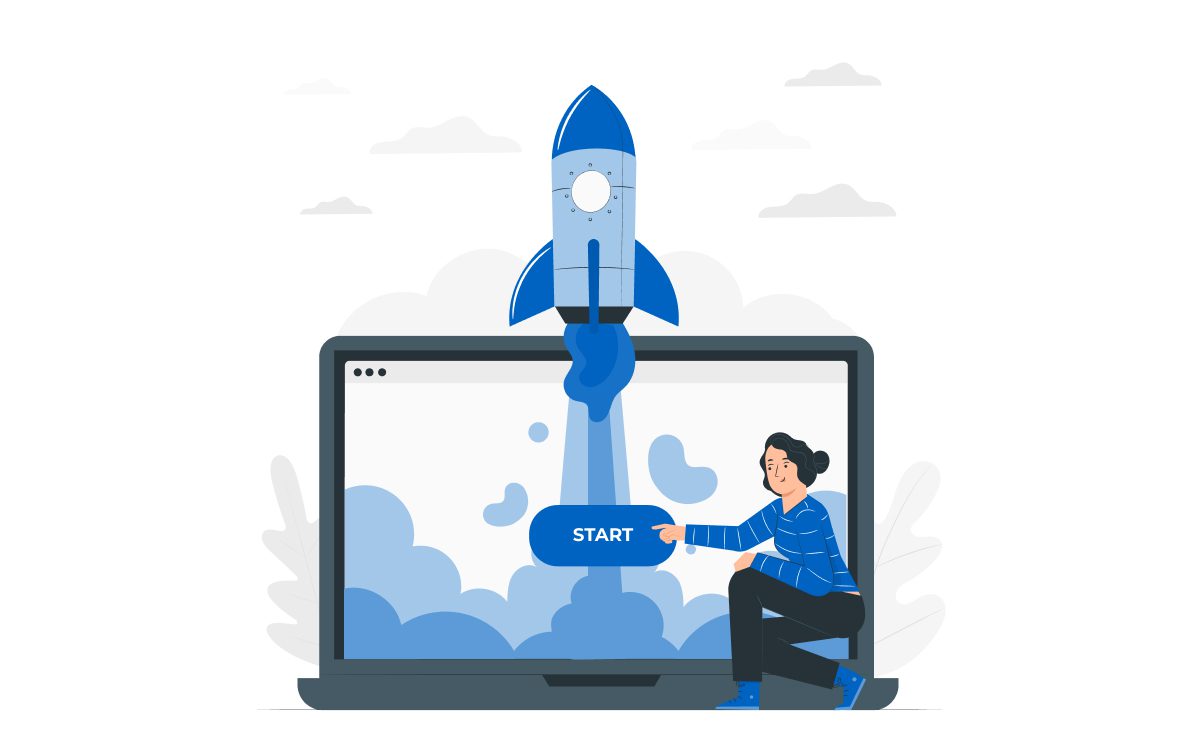
Top 15 Trends Startup CTOs Need to Know About



The global Covid pandemic has given rise to new challenges for businesses in the technology market. Businesses are now faced with the task of adapting to new standards and preparing for immense challenges. Luckily, new technologies have arrived that are designed to help businesses navigate their way through all the latest intricacies created by this new normal.
Software development trends never stop evolving and the pandemic has only added fuel to this flame. What seems to be a top solution in the software development industry today can turn out to be yesterday’s porridge tomorrow.
CTOs need to be well informed of startup trends in 2024 as well as in the loop on where the software development industry is heading. For example, there is a rising demand for low-code development platforms that are expected to reach $46,4 billion over the next five years.
Glorium is at the forefront of app development for various business domains and clients, and we know where the software development industry is heading. With our finger on the pulse of the latest software industry trends, we’re able to choose the best direction and strategy when building a custom app from scratch.
Here are the top 15 trends a startup CTO should keep in mind when planning a new app in 2024.
Content
Cloud computing is a major trend that shows no signs of slowing down. Since the COVID-19 crisis, cloud computing trends have been on the rise. Lots of startups, businesses, institutions, and governmental agencies have already shifted to cloud-based apps and services. With remote work leading the way, the cloud has become the key for more secure and accessible applications.
In 2024, we can expect a massive adoption of cloud computing across various businesses, industries, and organizations all over the world. While studying the success of existing cloud-powered apps like Google Drive, Vimeo, Salesforce, and Dropbox, startup CTOs can get valuable insights into how to take advantage of cloud computing and turn it into tangible benefits.
However, there is another trend linked with cloud computing — the distributed cloud. This is when services are run on different cloud providers and at various geographical locations instead of hosting backend services on a single cloud server. The major benefit of applying distributed cloud technology is felt when some technical issue arises in one of the servers. In this case, the app will remain operational, preventing service disruption and data loss.
Python is the most widely used programming language in the world, accounting for nearly one-third of all lines of written code. It’s used for creating a wide range of software products, including complex and enterprise-grade applications. According to the latest data, the demand for Python has bypassed Java and C.
Initially developed in the late 80s, Python has been around for decades. It’s an open-source programming language with an easy syntax modeled after the English language. Its growing popularity can be attributed to its use in data science, data mining, machine learning, artificial intelligence, web development, testing, etc. It’s an extremely versatile coding language that can be used for a variety of needs.
Thanks to Python, developers can conduct complex mathematical processes, manage and analyze huge amounts of data, develop ML and AI-based applications, and much more.
DeOps is a modern development approach that combines software development with other IT operations to ease workflows and boost efficiency. DevOps also describes the adoption of agile software development, automation, and programmable infrastructure deployment and maintenance. In other words, DevOps isn’t a tool or technology. Rather, it’s a methodology that includes the following:
DevOps was designed to solve communication and priority problems between IT departments. Hence, its primary goal is to reduce the time it takes to release a fully-functioning app. It promotes shorter and more controllable iterations.
DevOps trends fuel upcoming business transformation and digital transformation trends. It goes far beyond the IT sector. DevOps trends force businesses to optimize for an entire system and become more adaptive and data-driven. Automation will continue playing a leading role in DevOps transformation.
Automation coupled with artificial intelligence (AIOps) helps an organization achieve all its DevOps goals. Machine learning, automated root cause analysis (RCA), anomaly detection, and predictive analytics make up the foundation of AIOps and help accelerate daily operational tasks.
According to DevOps.com, it takes up to 4 weeks for developers to release an update. Adopting continuous delivery can help identify issues and respond to changes more quickly as well as reduce the costs of development.
Continuous delivery means that the development team retains a deployable version of a system’s code. In 2024 apps need to be constantly updated and released to users. Since changes are happening at a blistering pace, developers need to kick into high gear while updating apps. Continuous delivery can speed up development processes and enable the iterative, progressive delivery of new features.
Artificial intelligence, or AI, is one of the fastest-growing trends in the software development industry. It’s used for developing highly innovative technologies. With the evolution of AI, there has been a dramatic rise in deep learning, machine learning, and artificial intelligence neural networks. They’re all predicted to greatly influence the software industry in 2024 and beyond.
AI can provide accurate insights and predictions about customer data, user behavior, and even human psychology. AI can also play a vital role in enhancing operational efficiency and influencing how a business makes decisions.
According to Gartner, the market of AI software development will exceed $62 billion in 2022. Apart from business value, AI can help create a safer world by integrating with commercial vehicles, in-car sensors, and health monitors. Computer vision, cybersecurity, and conversational AI are among the top AI business trends to pay attention to in 2024.
JavaScript has proven to be the perfect language for building complex and innovative software development products. JS frameworks are often used for web development. They add dynamism to a site and web apps. But they can also be used for writing backend. JS can handle lots of backend operations at once without requiring too much load.
JavaScript frameworks are highly versatile and can be used to create different projects in different business domains. We at Glorium are fond of JS frameworks and consider them one of the best technologies for web development across various industries.
Monolithic architectures are being replaced by microservices to provide a better development experience. This has been a hot topic in the top software development trends for a while. Microservices architecture consists of independent segments that operate collectively.
Each segment is separately developed and maintained, which provides the perks of scalability, self-sufficiency, and lifecycle automation to such apps. Taking advantage of microservices architecture can help businesses achieve more remarkable results thanks to improved scalability and flexibility of software solutions.
Progressive web apps, or simply PWAs, are the next big thing that disrupts the software development market. It combines the perks of mobile and web apps. Simply put, a PWA is an application that runs in a mobile browser and takes advantage of all the browser’s capabilities.
PWAs have a wide range of benefits to offer. These include things like users not needing to download a native-like app experience and the ability to work with a poor internet connection.
Google first introduced the concept of PWAs in 2015. Since then, interest has been steadily growing. A wide range of companies have noticed the increase in customer engagement now up 250% with the switch to PWAs. These include Lancome, Twitter, Trivago, OLX, and others. PWAs are more responsive and cost-effective, making them a one-stop shop for startups.
Low code development allows for building software solutions with minimal or no coding. Drag-and-drop tools, flow charts, and visual interfaces simplify the tedious process of creating a custom mobile or web application. Anyone with no coding experience can create a simple app using a low code editor. Enterprises can integrate business logic into apps by taking advantage of low-code development tools and platforms.
In recent years, the concept of low-code development has gained traction. Low-code platforms are growing in popularity across different markets. The global market of low-code platforms is expected to generate a revenue of $187 billion by 2030. More and more SMBs, as well as enterprises, are taking advantage of low-code development platforms as they reduce dependency on skilled developers.
Low-code development is second-to-none when it comes to startups. As a rule, startups need to quickly turn ideas into fully-functioning apps to test them out with real users and on a shoestring budget. Any development changes or requirements can be easily implemented with low-code tools in an inexpensive manner and in short order.
Note that while low-code development can be used for the development of relatively simple software solutions, it cannot currently cope with enterprise-scale solutions that require third-party integrations and handle massive amounts of data.
The world has become more digitally interconnected. Before, startup founders could compromise on security issues but those days are long gone. Ransomware attacks are said to cost businesses more than $6 trillion dollars. Once a user falls victim to such an attack, all the stolen data is encrypted. The attacker then demands a ransom in order to restore access to the data upon payment. FedEx lost $300 million due to the ransomware virus that impacted the company in July 2017.
In 2024, startups need to take a next-gen approach to address cybersecurity issues. It’s not enough to establish a firewall or install an anti-malware application. Conventional cybersecurity methods don’t work anymore. Tech advancements in cybersecurity have given rise to more sophisticated malware and ransomware attacks.
Since attackers are using smarter techniques, we need to take a different approach to address such threats, this is where technology like a cybersecurity mesh comes into play. A cybersecurity mesh is a key component of a zero-trust network where certain devices do not have access to the broader network. With cybersecurity quickly growing in importance, building a security app is likely a good idea for a startup in 2024.
Brick-and-mortar businesses are shifting towards the digital arena, and the global pandemic has accelerated this shift. Anywhere operations is a business approach that allows companies to expand their operations and provide services and products to clients beyond their physical reach.
But it’s not about turning physical businesses into online companies, it’s more about enhancing the customer experience by providing a digital solution. For example, you can own a physical gym and an app for online training sessions. As the pandemic forces people to stay at home, they will use your app to maintain their health.
On-demand delivery apps are also great examples of anywhere operations. In fact, 37% of US citizens spend more on delivery apps than on traditional shopping apps due to the coronavirus.
In 2024 the need for on-demand apps isn’t likely to decrease. Startups can take some inspiration from Netflix, UberEats, or DoorDash to leverage the power of the anywhere operation model.
The Internet of Things or IoT is another popular trend in the software development industry. The IoT began its journey in 2015 and continues to evolve. It drives the ongoing trend of digitalization and datafication. Self-driving cars, automated manufacturing, and remote medical devices are only a few examples of how the IoT is changing the current world.
The IoT is a versatile technology that can be used across a range of applications like healthcare, internet security, environmental protection, e-commerce, and others.
Personalization has been the biggest trend for the last few years, and it seems to fit in neatly in 2024 as well. Internet of Behavior (IoB) is a new dimension of the Internet of Things (IoT). It’s a combination of three fields: behavioral psychology, data analytics, and technology. Like its bigger brother, The IoB also collects and analyzes data. The technology can also track and analyze user behavior as they interact with devices and apps.
Though IoB has just entered the market and only started gaining mainstream traction, Gartner believes that nearly half of the population will have their behaviors tracked and analyzed by 2023. The following data can be used to create a powerful personalized user experience and identify any pains that need to be resolved.
As it turns out, there are already a few companies that have implemented a sort of IoB into their products. For example, YouTube takes advantage of IoB to show personalized video feeds based on user interactions. Facebook utilizes the same approach to display ads that are more likely to get engagement from the user. It’s expected to play a vital role in healthcare, e-commerce, customer experience management, and even search engine optimization.
Machine learning has already been adopted in a wide range of companies. With each year, the number of ML-enabled tools and models is increasing in both prominence and usage. By staying on top of machine learning trends, you’re putting yourself in a position to capitalize on the benefits of ML before anyone else.
ML-powered solutions coupled with Data Science allow models to mimic human tasks and outperform them in terms of efficiency and accuracy. ML can help businesses gain insights from raw data and understand patterns and behaviors that can help them better adapt to the needs of their users. At an industrial manufacturing level, machine learning can be used to improve and automate processes.
With the rise of web-based services, there has also been a rise in cyber attacks. ML can offload some of the monitoring and vulnerability assessment tasks to an automated algorithm to guard a business against data breaches or ransomware.
ML is quickly becoming the go-to technology for solving complex business problems and improving the effectiveness and scalability of a company.
IT automation reduces manual intervention and eliminates a range of repetitive processes. It can accelerate the delivery of certain IT infrastructures as well as applications by automating manual processes that would have otherwise required human intervention.
Coupled with DevOps and cloud computing, it’s a powerful tool that can help scale up a business, reduce costs, and allow IT engineers to focus on strategic tasks. Once all the tedious and repetitive jobs have been automated, employees can refocus their efforts on more value-producing activities.
The worldwide AR and VR market is forecasted to reach $300 billion by 2024, according to Statista. The demand for new and innovative shopping experiences has risen since the global pandemic has shifted customer behavior towards e-commerce. Online shoppers want to interact with products digitally even before visiting the store.
AR and VR have already proven their ability to improve customer satisfaction. For example, IKEA offers an AR-powered app that allows customers to measure a furniture item to see how it would look once it is placed in their home. But there are far more uses for how AR and VR can benefit businesses in 2024, including virtual try-on apps, AR NFTs, 3D search results on Google, etc.
Establishing an in-house team is a real challenge due to the global talent shortage and the great resignation. According to recently published reports, the demand for software engineers will continue to grow in 2024 and is expected to see a 22% increase by 2029. So it’ll be hardly possible to find skilled tech specialists in the short term, even if you’re not limited in finances.
Another major reason to outsource is cost reduction. Deloitte released a report where 70% of respondents said that cost reduction was the main reason for their decision to outsource software development services.
Lots of successful companies like Whatsapp or Skype have outsourced parts of their development to 3rd party vendors. In the not-so-distant future, a company will be able to hire the right talent and often at a fraction of what it would take to hire an in-house specialist.
Software development is a highly dynamic industry influenced by technologies, market trends and needs, consumer behaviors, and other factors. Before entering the software industry, you need to understand what direction it’s moving in order to anticipate the upcoming trends. This way you’ll be prepared to turn your ideas into apps when the market is ready.
Having a proven tech partner by your side can ease your software development journey. While partnering with Glorium, you don’t need to think about every single technical aspect all the time, leave that to us. Contact us to get started on your next-gen app idea today!








